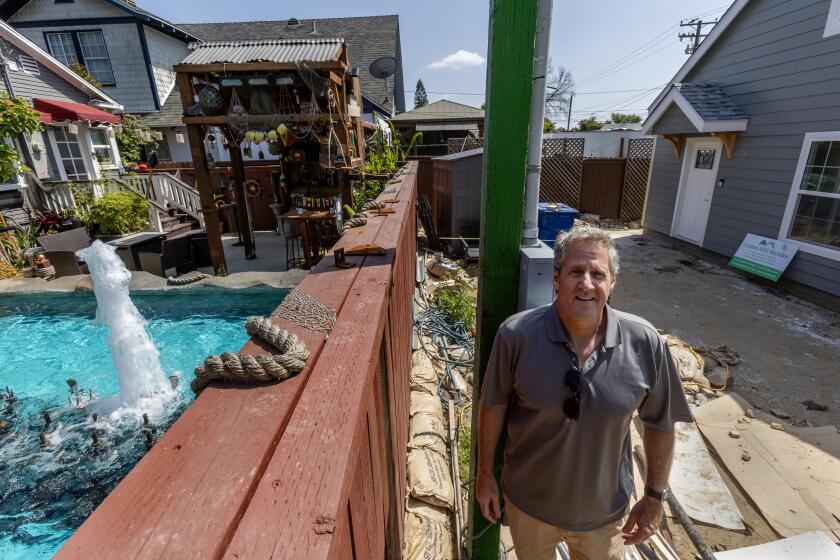EPA aims to tighten rules on fumigants
The Environmental Protection Agency proposed tighter restrictions Thursday on highly toxic soil fumigant pesticides used in growing strawberries, tomatoes and other crops.
Pesticide critics called the proposals “substantial improvements” but said they wouldn’t fully protect farmworkers and the public.
The changes -- applying to chloropicrin, dazomet, metam sodium/potassium, methyl isothiocyanate and methyl bromide -- call for buffer zones, air quality monitoring, fumigation management plans, and training for emergency responders and applicators.
The proposals, which would take effect in 2010, come after nearly four years of EPA reassessment of the fumigants, which are injected into soil to kill insects, weeds and diseases. The pesticides have been shown to give off toxic gases that farmworkers can inhale and that can waft into neighborhoods, and they have been linked to health problems such as respiratory difficulties.
The EPA proposals are “going to make it more difficult to use fumigants, and some of the other techniques are going to look more attractive,” Susan Kegley of the Pesticide Action Network North America said.
The proposals are subject to a 60-day comment period. Fumigant makers would be largely responsible for carrying out the new rules. Enforcement would be coordinated with state agencies.
Buffer zones around fields would range from 25 feet to half a mile deep. Near schools, nursing homes and other sensitive locations, they would be at least a quarter-mile deep. Signs would be posted to identify the buffer zones.
Kegley said 25 feet was not enough to protect people.
California already requires buffer zones around fields where methyl bromide is used. The fumigant is being phased out because it damages the ozone layer. The EPA proposals would require that alternatives to methyl bromide be used on crops such as asparagus, broccoli, cauliflower and lettuce, for which the use of the specific chemical is not critical.
Many of the new restrictions mirror ones already in place in California. Officials at the California Department of Pesticide Regulation said they were already revamping their rules.
“Whatever we do will at least be equivalent to EPA, if not provide a greater margin of safety for the workers and the public,” said Glenn Brank, a spokesman for that agency.
--
For more details, see latimesblogs.latimes.com/ greenspace.
More to Read
Start your day right
Sign up for Essential California for news, features and recommendations from the L.A. Times and beyond in your inbox six days a week.
You may occasionally receive promotional content from the Los Angeles Times.






